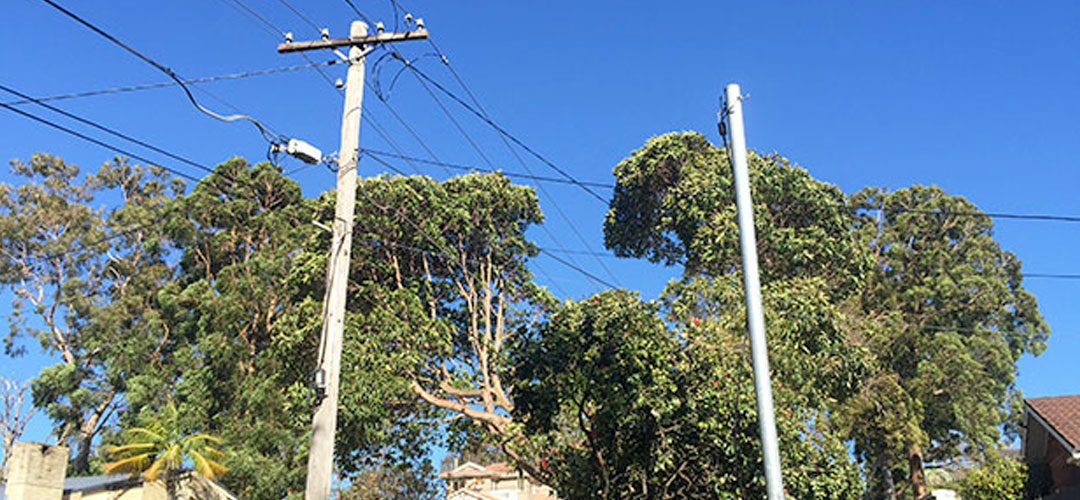Sydney Private Power Poles: What You Need To Know
- Written by NewsServices.com

One of the most common things Sydneysiders see every day are the transformers that power our street lights. They are off-white cylinder-shaped objects that stand about 1.3 metres tall. Within them, large coils of wire turn magnetic energy into electricity at a very efficient 90% rate.
What is not commonly known, however, is how power gets from these transformers to nearby houses and offices.
The answer lies underground in networks of cables called 'poles'. These poles are often connected directly to private properties where they provide power for street lighting, traffic lights, home hot water systems and even electric fences. This method of delivery is cheaper than connecting these properties through mains power, but also more dangerous. Level 2 electricians in Sydney are required specifically to conduct any and all work on these types of repairs, as they can be highly dangerous.
This is because when the poles themselves need to be fixed, such as in a fault or mechanical issue (e.g. corrosion), they are hard to access and repair - the only way it can be done is by disrupting power in the area for a whole weekend. This makes Sydney's private distribution network even more problematic than underground cables where faults can be easily diagnosed and fixed within hours.
So why don't we use underground cables? The reason: many Sydneysiders like living close to nature and underground cables disrupt this lifestyle.
Some people go so far as to backfill their trenches with recycled sewage water. If that wasn't bad enough, there is also a real concern over potential health issues like electromagnetic interference. Research has shown that this is in fact possible if certain conditions are met (i.e. when underground cables run parallel to high voltage power lines), but the impact on individuals depends largely on how much they use electronic devices near affected areas.
One solution to this issue is 'pole-less distribution', known more simply as 'undergrounding'. This technology uses buried conductors, similar to what you'd find in an underground cable, to deliver electricity from the transformer to nearby houses/buildings. The major benefit of using underground cables instead of poles is that it allows for more efficient delivery of electricity and reduces the cost associated with repairs by shifting maintenance responsibility back onto individual homeowners or businesses.
Although underground cables do have their disadvantages, including higher installation costs due to more expensive excavation equipment required and limited availability of space below ground.
So while the promise of pole-less distribution is significant for Sydneysiders, it may be a long time before all poles are removed from our streets. This is because Sydney's power network still has its fair share of issues - over 10% were affected by major outages in 2017 alone. And until these problems are solved, Sydneysiders will have to bear with an old solution that has never worked very well for them in the first place.







